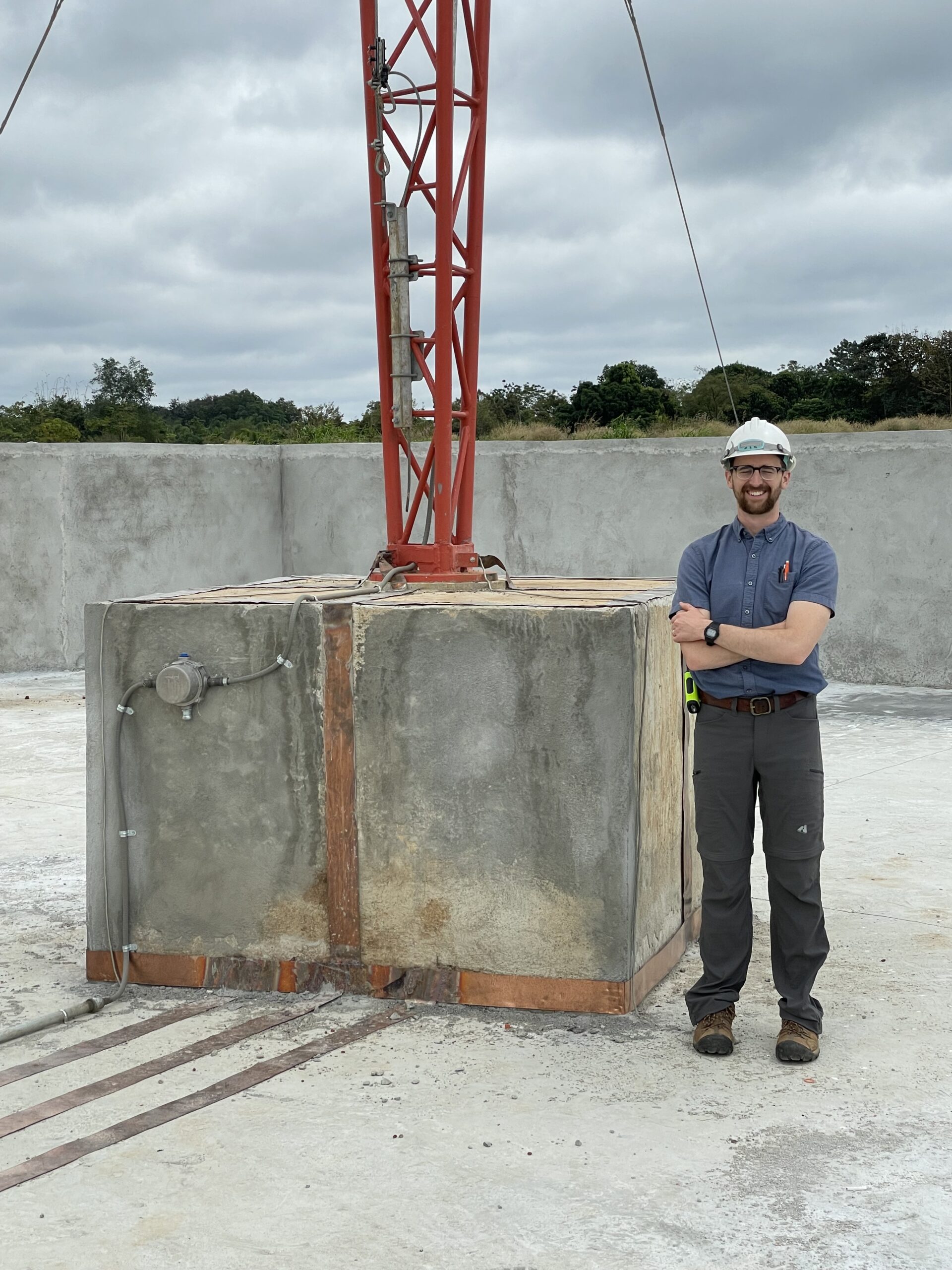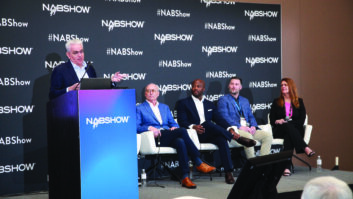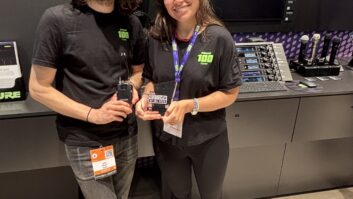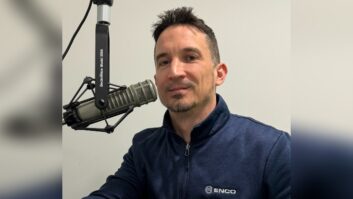Joshua King is an electrical engineering graduate of Clemson University. As president/CEO of Kintronic Labs, he is continuing the legacies of his father Tom King and grandfather Louis King in AM radio antenna systems.
This interview is taken from the Radio World ebook “Maximizing Your AM Infrastructure.”
Radio World: What lessons were learned from early adopters of all-digital AM HD Radio, and why haven’t more put it on the air?
Joshua King: It is great to see the market penetration of receivers in cars and I’d love to see more stations, especially in population dense cities, promote their transition to all-digital, then commit to running it.
In my opinion I don’t think stations focused on talk radio stand as much to gain, but stations with a music format could benefit from the sound quality that can be realized through all-digital.
I always laugh when I’m tuning through the AM band and land on some thumping (this is hyperbole, there is actually very little bass) rap and R&B jams. Usually I turn it up, roll my windows down and see if I get any funny looks as I’m driving by. Stations like this are clearly just using the FM translator and should look into running all-digital MA3 HD Radio, because they will only gain listeners in the AM band.
RW: What can be learned from AM developments in countries outside the United States?
King: DRM adoption in other countries can give U.S. station owners a look into what’s possible here. The message should be that AM radio is still seen by many countries as worth investing in. The number of countries adopting plans to roll out DRM is growing quickly. An effective and high-quality AM signal is possible even in today’s high RF noise environment thanks to the advances a fully digital signal can offer.
RW: What has been the impact on your clients of soaring real estate values at many tower sites?
King: As cities have expanded, many AM stations that at one time were surrounded by open fields are now surrounded by apartments, developments or suburbs. Since AMs generally require several acres for a non-directional, and tens of acres for a directional, the land they are on can be worth an incredible amount of money.
I think this speaks more to the skyrocketing value of real estate than the decreased value of some AM stations. The interest rate increases have slowed land sales driven by developers and in turn may reduce the value of the real estate, but we expect this trend to continue for AMs, which will likely mean more multiplexing to combine multiple AM frequencies. This also leads to more complex antenna system designs, which we thrive on.
RW: What strategies of collocation might help a broadcaster?
King: If broadcasters have multiple AM stations covering the same market, they should consider selling the land at one site and diplexing on their other site.
We’ve built a lot of equipment in the past couple of years to enable the installation of telecoms on AM towers. Working with an experienced company that can review the design will help prevent unnecessary degradation of the AM performance when an additional revenue source is added to the tower. An experienced company will avoid the pitfalls that can plague such a project otherwise.
RW: What can diplexing or combining offer a station to improve its circumstances?
King: Consideration of the tower feed method for a diplexed or triplexed operation can open opportunities to enhance the performance of the original station(s). A flared skirt feed, for example, can enhance bandwidth significantly versus using a series feed or a standard folded unipole feed. Strategic choices in the filter designs can then preserve the bandwidth. Multiplexing can be a very tricky engineering challenge that can yield a good outcome for all stations involved. Extensive experience is necessary to ensure a good outcome for all the stations.
RW: What best practices should AM stations be aware of, to deliver the best audio quality?
King: If broadcasting in analog, stations should optimize their audio processor for the audio bandwidth of the average receiver in cars. If the station’s audio processor is optimized using speakers in the studio or headphones, which have a much wider dynamic range, and then they take those same settings for on-air broadcast going to receivers with much narrower audio bandwidth, then the sound is not truly optimized for the listener, and that bandwidth is then wasted.






